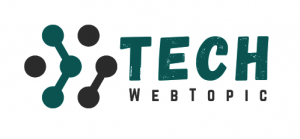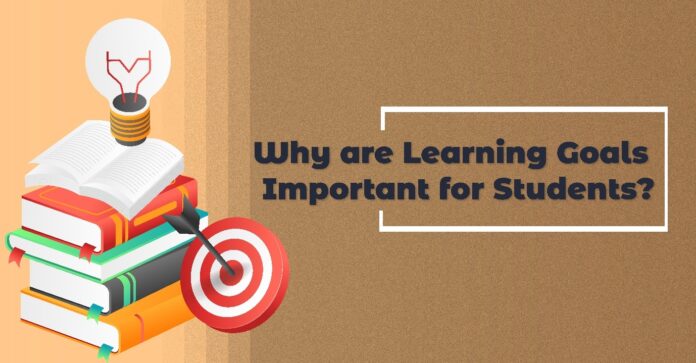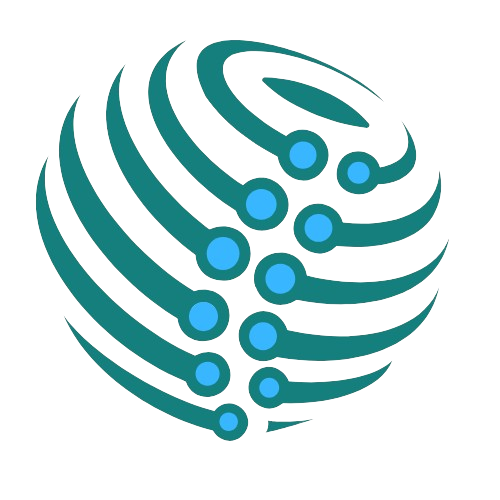What is a Learning Goal?
A learning goal describes a direction for the students to acquire new skills and knowledge. As a teacher, every decision you make about your lecture or small groups should depend on what you hope your students can do due to your session. As an expert, you better understand why learning goals are essential for students as you have already thought of what you want your students to learn with you during your sessions. Still, before starting your content session, think for a few minutes about developing successful learning experiences for your students and your development as an instructor.
Learning goals term can be defined as specific and measurable goal that helps the teacher to create courses and successfully access them. In other words, it can be depicted as an underlying statement of what you aim to teach. Here, it would be best to remember that you are acting as an instructor, not as a learner. So your course goal should focus on what you need to accomplish with your program.
To clearly understand it, consider the questions below that can determine what you want your students to know and add them to the end of your course.
- What are the critical aspects in terms of methods, ideas, theories, and approaches that the students should be able to understand at the end of your course?
- What facts and information do students need to master and receive as a part of their conceptual structuring of material?
- What questions do your students need to answer at the end of your session?
- What are those essential skills that students should develop and be able to apply in and after the course?
- How will you help the students develop these skills, and how can you help them test their mastery?
- Do you have any efficient aim for the course, like students developing interest in the field?
How Many Learning Goals Do You Need?
As instructional goals give rise to learning objectives, you must understand that fewer goals will be sufficient. The lesser the goals, the easier it will be to develop specific and focused objectives. In short, you should set an aim for a single solid goal. However, this will not always be similar as it will depend on how inclusive your topic is. On the other hand, reducing the number of course goals provides the ability to understand the purpose and importance of your course.
Types of Learning Goals:
Educational goals can be divided into four major categories.
- Short-term goals-
Short-term goals provide instant satisfaction and make learners experience the output of their hard work. These goals set milestones; they are attainable and can provide definite results. Short-term goals also make way for long-term goals so that you can achieve them quickly. Let us understand the short-term goal with the help of an example- if you train a newly hired employee in the sales department on using CRM, your short-term goal is to teach him to deal with CRM.
- Long-term goals-
Long-term goals are much more complex compared to short-term goals, and learners must successfully progress through a series of short-term goals or steps during the long-term goals. Following the above CRM example, a long-term goal might be to manage your leads and customers effectively.
- Knowledge or skill-related goals-
Knowledge or skill-related goals are more particular than long-term goals. They describe which specific topics or skills within the training program are essential to focus on. That’s why within the training program, it is most important to focus on. Therefore, within a company, they often modify specific roles and positions. Let’s understand this with an example- if you are a web development company, the skills and knowledge required of a marketing strategist can differ from those of a UX designer. If you wish to enhance their performance and develop skill-based goals, will clarify whether to divide your course or create entirely separate programs.
- Behavioural goals-
Behavioural goals promote a pleasant and productive work environment by creating better work or study habits and positive attitudes and interactions. When you work for a constantly changing or expanding company, the changes and adjustments create chaos and stress. A behavioural goal could be to develop effective coping strategies to adapt and grow in a dynamic working environment.
What is a Learning Objective?
A learning objective is student-focused and emphasizes what they will get from the course. Learning Objective is highly specific and can be broadly defined as a statement that strictly outlines the desired outcomes that learners should achieve at the end of their course. Moreover, learning objectives are subdivisions of educational goals that focus on student learning outcomes and behaviour. As a result, they are specific and focused in nature.
Final Thoughts:
Even the most experienced experts merge learning goals and objectives, but they are pretty different. Learning goals provides growth to objectives, which should then dictate the rest of your decision, i.e. from course planning to execution. Therefore, while deciding your objectives, you need to be structured and intentional about them. I hope you find the article helpful.
Author Bio:
Antonio Williamson, a knowledgeable professional, helps students achieve their dreams by providing necessary guidance and support. Moreover, he is involved with the Aussie assignment helper platform that works dedicatedly towards helping students complete their assignments on different subjects.


